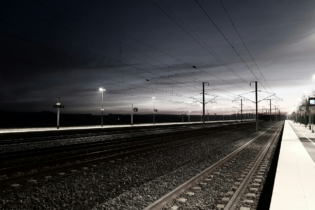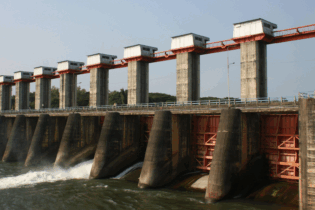Africa’s under-used gas reserves are certain to play a significant role in plugging the continent’s electricity void.
Sub-Saharan Africa is home to some of the fastest growing economies in the world but electricity shortages are deterring investment and increasing business costs while sustaining poverty and inequality. The World Bank has estimated that electricity outages cost African countries around 2,1% of GDP – with current output only meeting half of demand, and that 70% of the continent’s population lives with no access to power. In the last 20 years discovered sub-Saharan gas reserves have more than doubled to total around 5% of global supply. This is according to the US Energy Information Administration (EIA). “What we’ve seen in Africa recently is a growing domestic obligation or a realisation that there are other benefits to growing your gas infrastructure, including gas-to-power,” says Ian Ashcroft, gas and LNG analyst at Wood MackenzieThe IEA has stated in a recent report “Africa Energy Outlook” that it expects the continent’s electricity generation to quadruple by 2040 with gas-to-power growing its share to 25%, from the current figure of 17%.
The report also outlined that in West Africa gas will make up 50% of overall electricity output by 2040. Further impetus has been provided by US President Barack Obama who has made cutting electricity shortages his legacy policy on the continent, through a project called “Power Africa”, which includes US$7 billion in financial support. There remain major hurdles, including implementing commercial gas pricing, building expensive infrastructure and working alongside competing LNG projects. One of the more progressive examples of transition can be found in Tanzania. It has implemented energy policy which prioritises domestic gas use over LNG. US-firms Symbion Power and General Electric have committed nearly US$1 billion to building power plants in the country.







